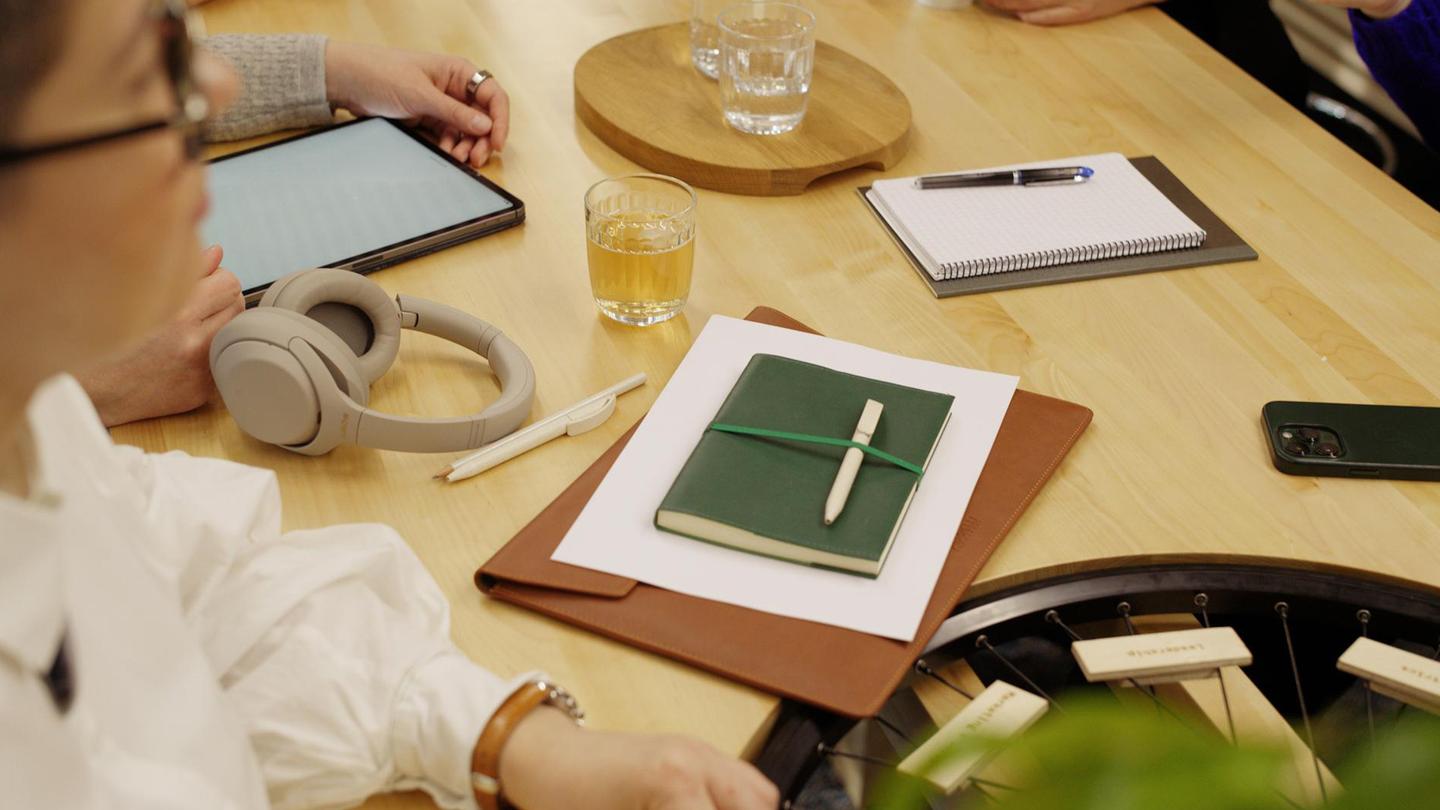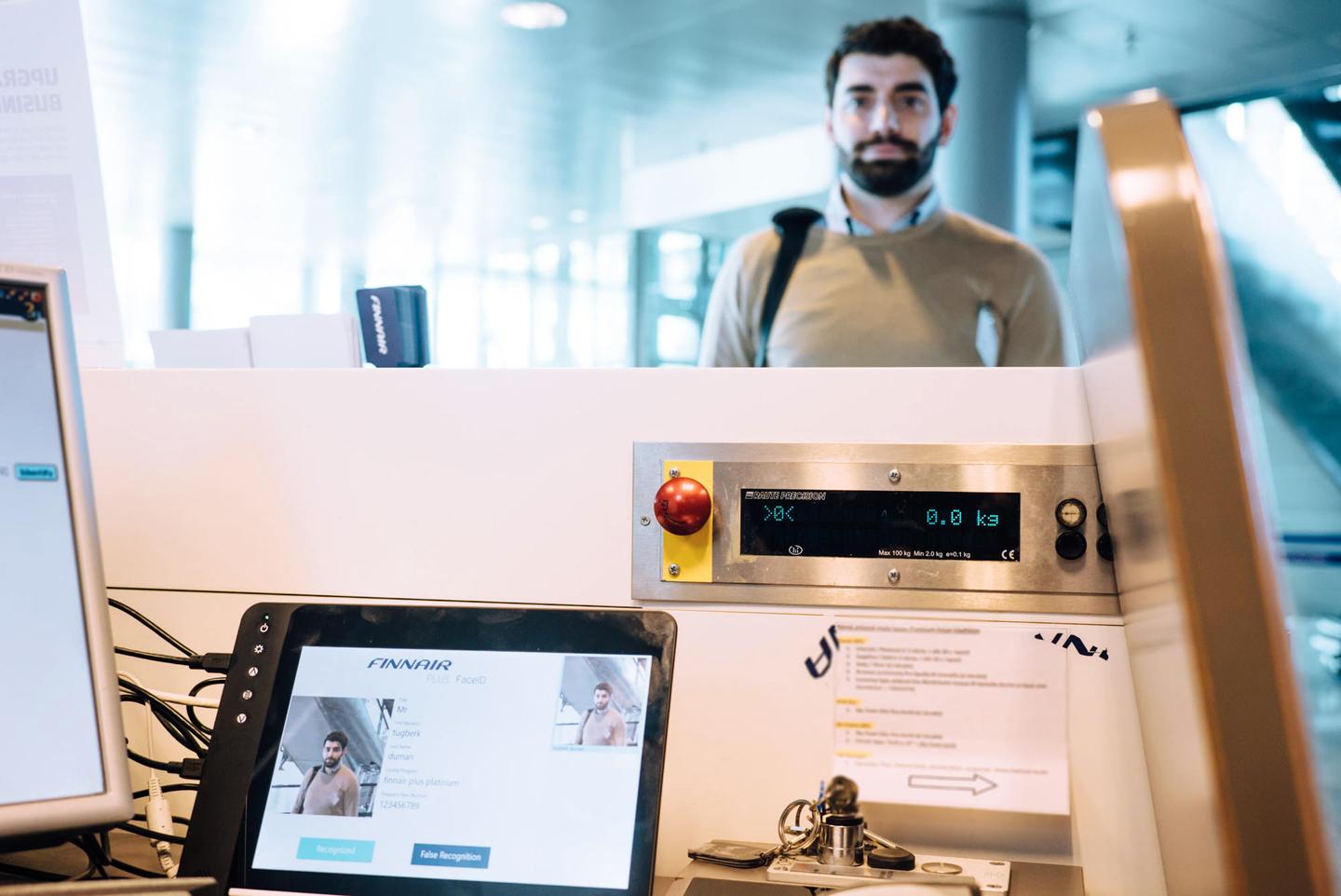Uncovering product discovery: follow these principles with your next big idea
Product discovery is about ensuring that the things we decide to build are worth building in the first place. In practice, product management efforts often tend to gravitate toward delivery management, and the need of getting something done overshadows the fundamental prerequisite for building successful products – finding the right things to do. This blog post focuses on the key principles of product discovery that just might save you a ton of time, money and effort.

Part -1
This is the first article of a two-part series on product design. This first part focuses on earlier stages of product discovery while the second part emphasizes delivery.
Most born-digital product companies have been built from the ground up with a strong emphasis on certain key capabilities – such as innovating around carefully identified customer problems and emerging business opportunities, leveraging the latest technologies, and using data effectively to generate insights.
But these born-digital players are not the only ones building technology products. Many established businesses – ones with significant legacy baggage – have found themselves in a new competitive landscape. Technology has crept into the core of their business, but the organizations and their ways of working haven’t always been keeping up with the rapid pace of change.
Professionals in these companies have had to quickly adopt new roles as product leaders and learned – sometimes the hard way – that it’s one of the most difficult and complicated jobs there is. Creating digital products that users love is already hard enough for companies that are built to do just that from the get-go, and even more so for established businesses in the midst of a transformation.
The single most important function of product management is product discovery – making sure that the product is solving the right user problems in the right ways, and is aligned with the company’s own business objectives. Discovery is essentially about ensuring that the things we decide to build are worth the effort and investment.
This blog post concentrates on the prerequisites for successful product discovery, based on best practices from leading product companies, industry thought leaders and lessons learned from the field as a product consultant for various established companies in different stages of transformation into technology and platform driven business.
Whose job is product discovery?
When talking about roles and responsibilities, it is crucial to internalize and embrace that product discovery is essentially multidisciplinary work and relies on bringing together different people with different skills. It’s not something you can simply leave up to the designers to handle – that said, they are absolutely essential and specialized in many discovery techniques.
The classic roles for a core product team are Product Manager, Product Designer and Tech Lead, but in many cases it’s necessary to also add a separate Data Lead role to augment the classic product management trio. Each of these roles will require very experienced senior professionals who need to understand all aspects of product development. The holistic, product-driven mindset of the core team members is then further enriched with deep knowledge of each individual's core expertise.
The exact roles aren’t really the important thing here. Instead, it’s essential to make sure that the core team together has a deep understanding of the company’s own business, its customers, industry, enabling technologies as well as data related to these topics.
Many creative and effective solutions to customer problems can be discovered from the tech and data perspective. Even though product designers are specialists in product discovery, it is the combination of different skills and people that boosts the creativity to a whole new level.
The five lenses of product discovery
Product discovery relies on multidisciplinary product teams for a reason. We need all the capabilities mentioned above to be able to validate each idea in the discovery process from five different angles:
- Value Does the idea create enough value for the potential customers to invest in it, and is it significantly better than competing solutions already on the market for the same need?
- Usability Even if our product idea solves the right problem and creates substantial user value, are we able to create a user experience that makes the product a pleasure to use?
- Feasibility Can we actually build the product or feature within a sufficient time frame and with a reasonable investment? Are there regulations or legislation that will affect our product?
- Viability Will the product work from the perspective of our business goals? Is it aligned with other actions and ventures?
- Sustainability What are the positive and negative environmental and social impacts of our product? Are there other external factors that we need to take into account?
Discovery at different stages of product development
It is important to understand that discovery and delivery are not separate phases, but discovery continues parallel to development during the whole product lifecycle. This is what separates modern product work from the old way of waterfall development.
Discovery has an essential role on three levels of product development: vision, strategy and tactics.
- Discovering a product vision Initial product ideas usually emerge from the identification of a high-level customer problem, business need, or emerging trends in customer or market behavior. But how to move ahead from this early spark of an idea?
Once you have identified an initial product idea based on e.g. your own user knowledge, insights from market and user research, and data-enabled quantitative insights, the best way forward is usually to build a visiontype. A visiontype is a high-definition prototype designed to provide a tangible picture about the vision you aim to provide for your customers in a longer-term perspective.
A visiontype helps make the product vision real for the potential users and enables you to validate the vision much more easily. The visiontype also acts as a means for internal communication and makes it possible to reflect all the crucial decisions – such as architecture choices – on the long-term product vision.
- Discovering a product strategy Once you have a validated vision, you’ll need to come up with the best possible product strategy. This is about having a focused plan about the phases of turning the vision into reality in the best possible way.
The key here is to get to know the potential users and their needs as thoroughly as possible, and combine the understanding of the largest user problems and needs with ideation of possible ways to make solving these problems work – specifically from the perspective of your own business goals.
The outcome of strategic discovery work is a product roadmap. It shouldn’t list a single feature, but instead prioritize user problems and business goals for the multidisciplinary product team to solve.
- Discovery on the tactical level Tactical level product discovery is about finding the best solutions for things you are going to actually build in the immediate future, with the help of prototyping and continuous validation. We will dig deeper into this topic in the next blog post in this product management series.
Key takeaways
Successful product discovery will require:
A multidisciplinary core team with a holistic product mindset and expertise on customers, business, industry, technology and data.
Consideration of every decision from the perspectives of value, usability, feasibility, viability and sustainability
Making discovery an integral part of all the stages of product development, from vision to strategy and the actual delivery.
If you haven’t had the chance yet, please make sure to check out the second part of this series: How agile methodology delivers market-relevant products and services
 Jani SantanenPrincipal Designer
Jani SantanenPrincipal Designer





